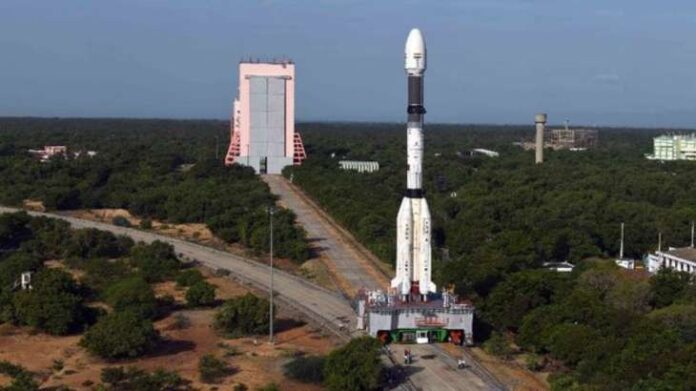India’s Chandrayaan-3 moon mission has passed the EMI/EMC test, ensuring the functionality and electromagnetic compatibility of satellite subsystems, in a major boost for the mission’s objectives of safe landing and roving on the lunar surface, and performing scientific observations.
Chandrayaan-3: India’s upcoming moon mission, Chandrayaan-3, has successfully passed the Electro-Magnetic Interference/Electro-Magnetic Compatibility (EMI/EMC) test at the U R Rao Satellite Centre in Bengaluru. The test, which took place between January 31 and February 2, ensures the functionality of the satellite subsystems in the space environment and their compatibility with expected electromagnetic levels.
The mission consists of three major modules, namely the Propulsion module, Lander module, and Rover, and will require the establishment of radio-frequency communication links between them.
The EMI/EMC test conducted on Chandrayaan-3 tested for launcher compatibility, antenna polarization of all RF systems, standalone auto compatibility tests for orbital and powered descent mission phases, and Lander & Rover compatibility tests for the post-landing mission phase. The Indian Space Research Organisation (ISRO) announced that the performance of the systems was found to be satisfactory.
Chandrayaan-3 launch date
Chandrayaan-3 is a follow-up to the Chandrayan-2 mission, and aims to demonstrate end-to-end capability in safe landing and roving on the lunar surface. The mission has three main objectives: to demonstrate a safe and soft landing on the lunar surface, to demonstrate the rover’s roving capabilities on the moon, and to perform in-situ scientific observations. Although the ISRO has not announced any final launch dates, it is expected to take place in the second or third quarter of 2023.
The successful EMI/EMC test is seen as a significant step forward for the Chandrayaan-3 mission, and paves the way for further testing and eventual launch. The mission is considered of great importance to India’s space program, as it seeks to increase the country’s understanding of the Moon’s composition and pave the way for future missions.



























